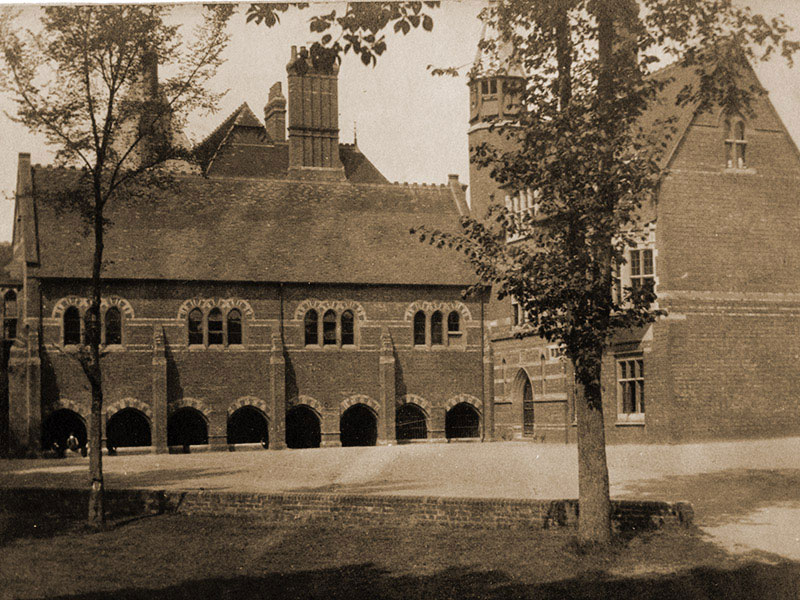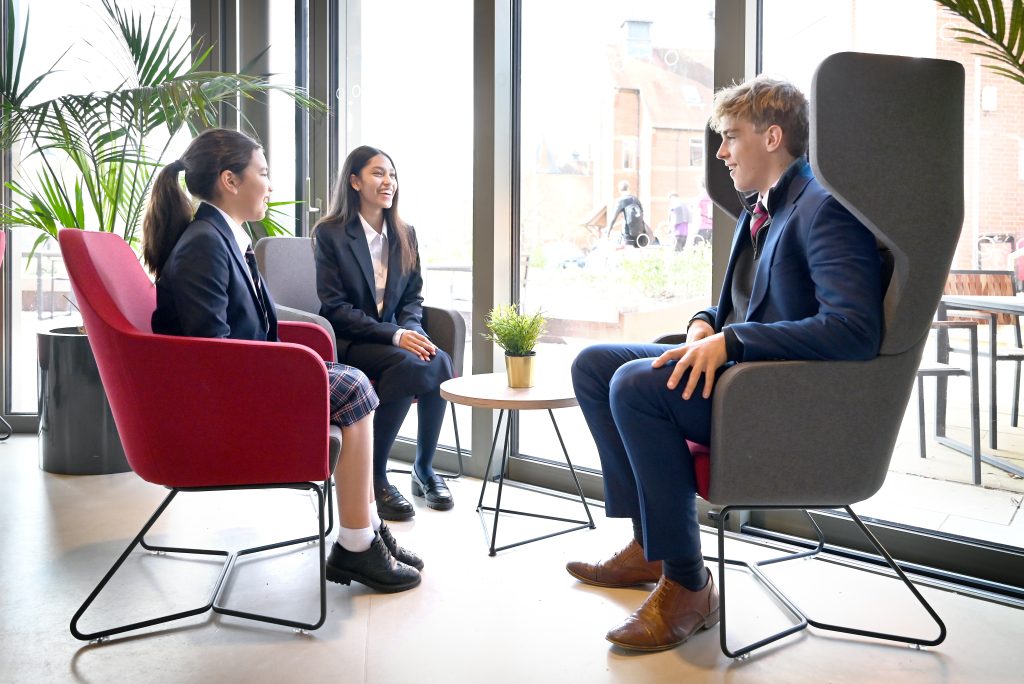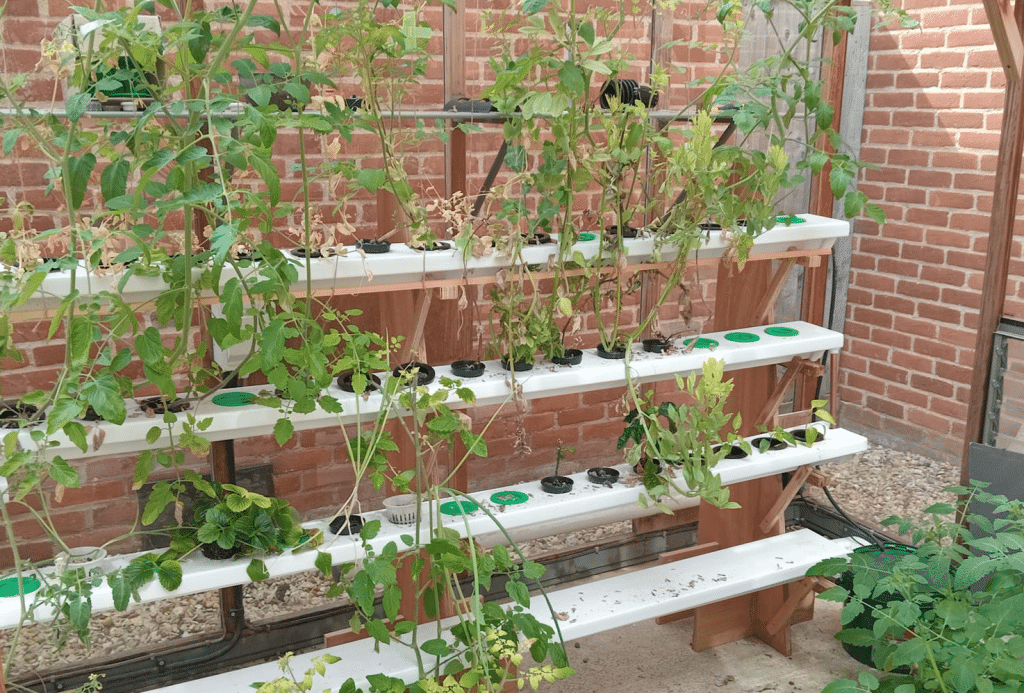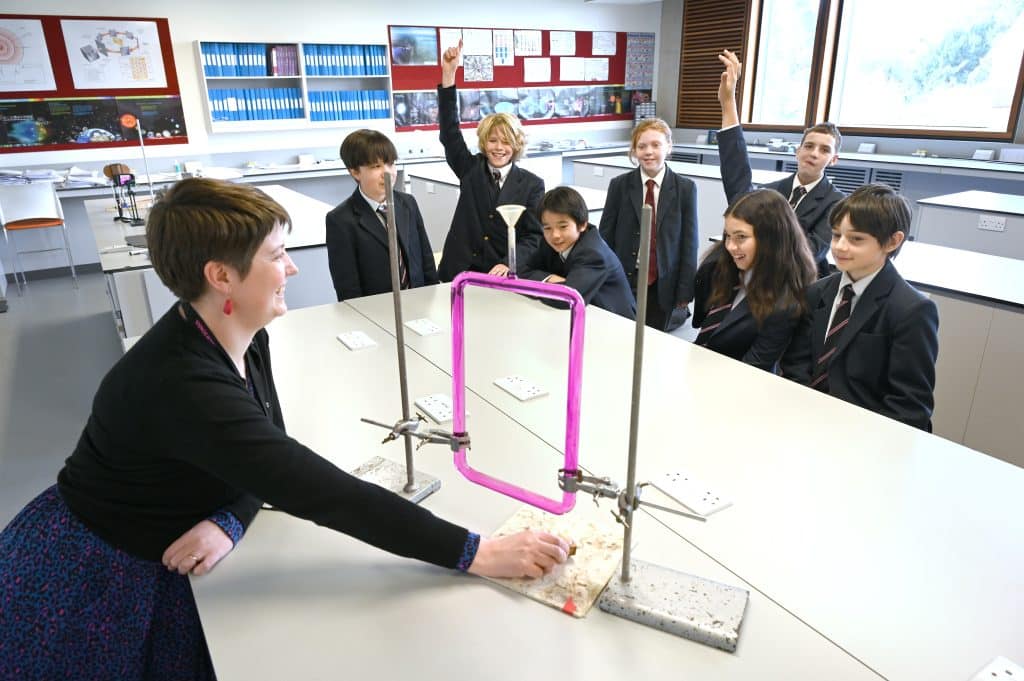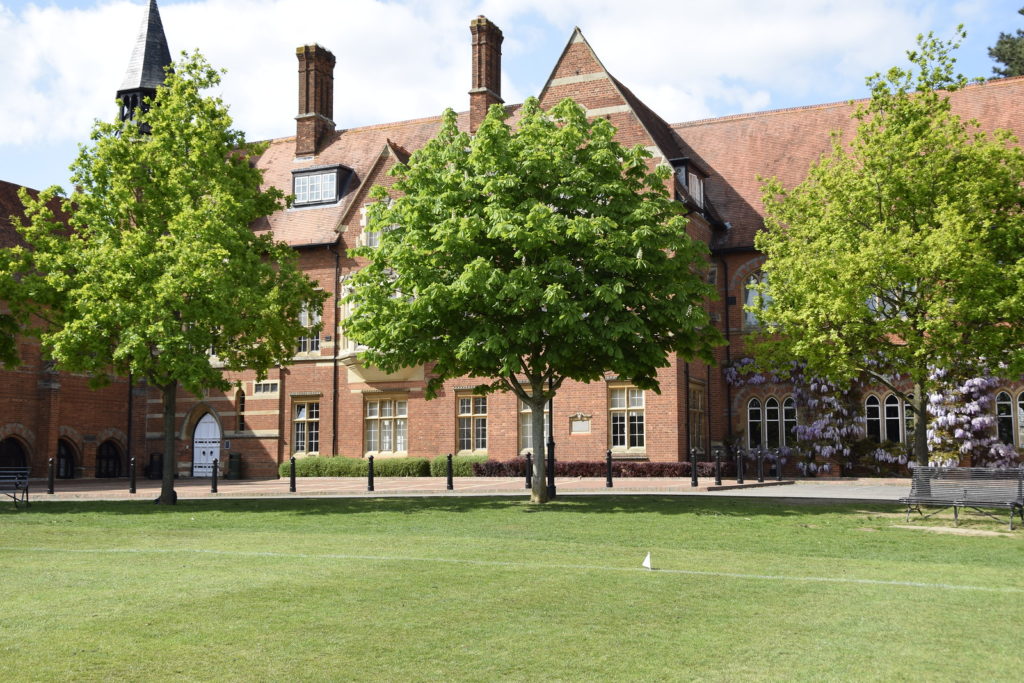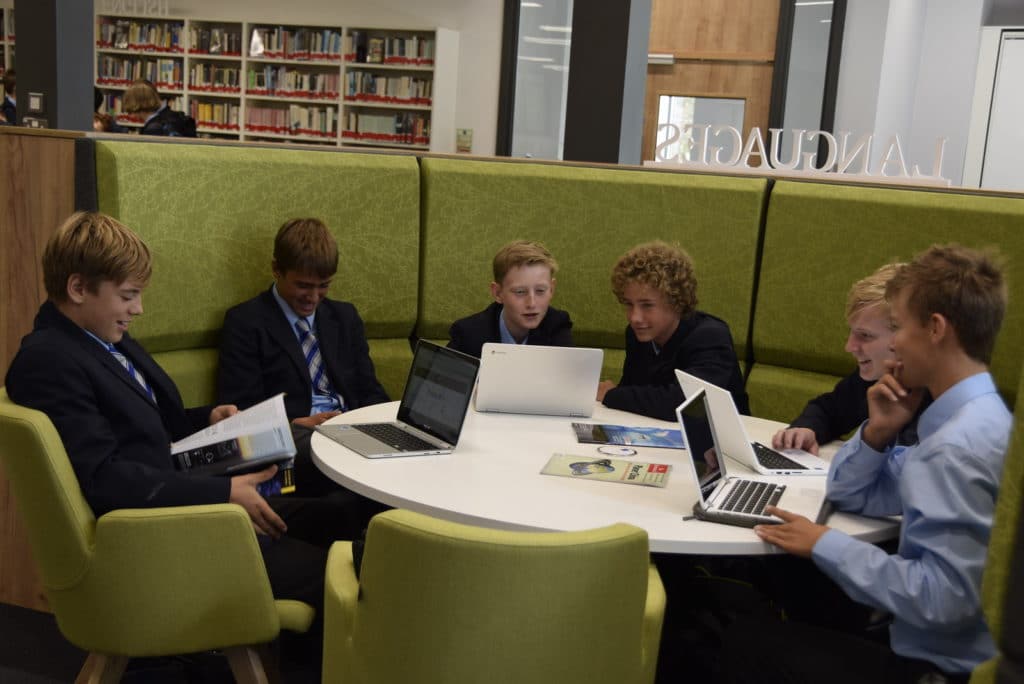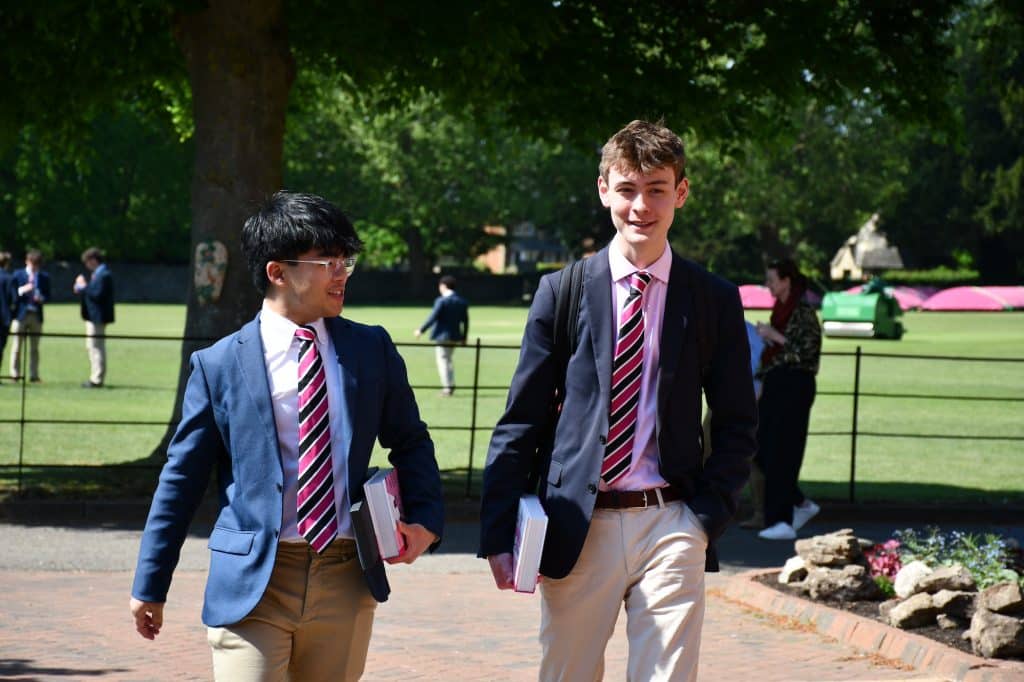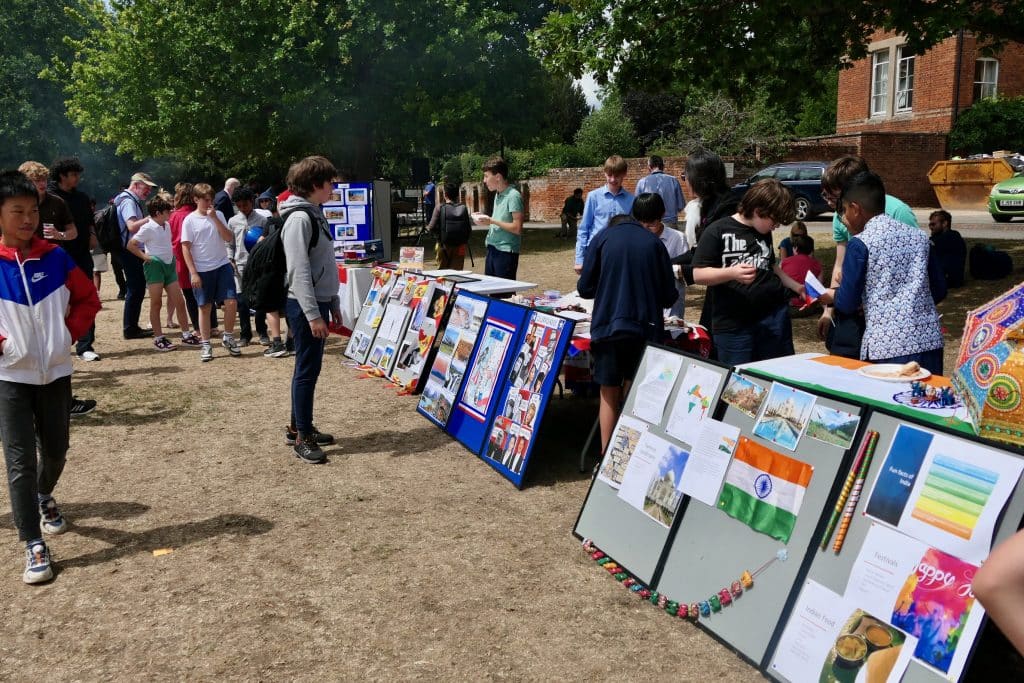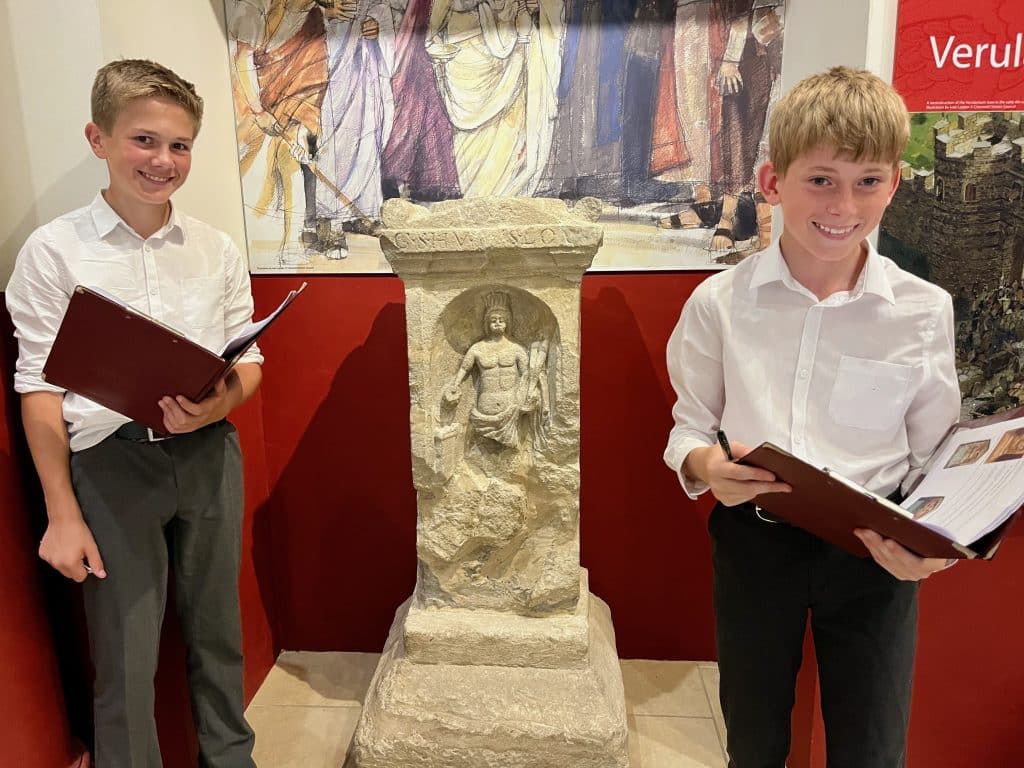An institution that believes in its future
by Sarah Wearne, Abingdon School Archivist and Author of Epitaphs of the Great War
An institution that believes in its future takes care of its past since it’s the past that gives an institution its identity, its character, its individuality.
Abingdon School is an ancient institution, we don’t know exactly how old, there are no surviving records, least of all in our archives. But we do have a letter from a researcher who, in the early 1960s, discovered a reference to the will of John de Blosneville, Abbot of Abingdon, who died in 1256 leaving a bequest to the School for the support of thirteen poor scholars. This letter allowed us to push the earliest reference to the School back more than a hundred years – and gave us the opportunity in 2006 to celebrate 750 years of its existence. The two Abbot de Blosneville scholarships that the School awards every year are an acknowledgement of this ancient benefaction.
The earliest documents in the School’s archives are dated 1563: the indenture and ordinances that John Roysse signed on 31 January 1563 in which he donated money and land to support the School, and laid out his rules for its governance. The 31 January was his 63rd birthday. Roysse wanted the School to include ‘three score and three scholars’, the sons of ‘poor widows and other poor men’s sons’ who would be educated in a schoolroom he knew to be 15 ft wide by 63 ft long. This explains why 63 has become a symbolic number for the School – why the school bell is rung 63 times on special occasions, and why in 2006 I wrote a History of Abingdon School in 63 Objects for the school website.
The ordinances decreed that the School ‘shall be called The Free School of the Holy Trinity’ and that the pupils were to say their prayers three times a day, each time ending with the words, ‘The blessed Trinity have mercy on our founder John Roysse’. There is no evidence that the School was ever known as The Free School of the Holy Trinity, nor that the pupils ever observed the prayers, but the references do explain why in 1903 the new school chapel was dedicated to the Holy Trinity and why the iconography in the fused glass window behind the altar is of the Trinity.
Preserved records give significance of the objects around us. There is a clock in the staff Common Room that was given to the School in 1743 by the Headmaster, Thomas Woods. How do we know this? Because it is recorded in the Registrum Benefactorum Scholae, the eighteenth-century, leather-bound register of benefactors, with the words, ‘The Revd. Mr Woods gave ye clock’. The clock can be seen in an 1844 print of the old schoolroom and in photographs of what is now the Common Room when it was the Big School classroom – 1870-1963 – and the Library – 1963-2018. The same register records the gift of the Chapel’s eagle lectern with the words, ‘Brasen Nose, The Eagle’, since the lectern was given to the School by Brasenose College, Oxford.
To know the history of a name or an object enriches our sense of place and reminds us of the debt we owe to our benefactors – not just Roysse and de Blosneville but the Ameys, the Yangs, John Greening, John Ingham, the Mercers’ Company and the Maude family. There are other names too: 73 on the memorial to the dead of the First World War and 49 on that of the Second, all inscribed on two brass plaques in the Chapel. But without the records that the School holds these would all just be names.
There is a letter in the archives from the Headmaster, William Grundy, to a Mr Mitchell, which he wrote on 4 April 1919. The letter asks Mr Mitchell if he ‘could spare a copy of what you consider to be the most characteristic photograph, in uniform, or not, of your son’. Second Lieutenant John Mitchell had been killed in action on 25 September 1915. Mr Mitchell’s reply and the accompanying photograph form part of a collection of letters and photographs that has given ‘life’ to the deaths of some of these casualties of war: ‘He fell leading his platoon in action’; ‘he was killed on his 28th birthday’; ‘as a Company officer he showed brilliant dash and leadership’; ‘he sleeps beside the ancient Tigris’; ‘last seen unconscious with telephone instrument in hand’; ‘I herewith enclose £2.2s.0d towards the Memorial Fund, in loving memory of a very dear boy’.
The archives promote a sense of community, of belonging. Over the past few weeks members of staff, old boys, a current parent whose great grandfather came to the School and the daughters of a man who left school in 1926 have all appreciated being able to draw on the archives for information. But the archives also show that we belong to world events too. They have been used extensively in our commemorations for the centenary of the First World War: Keith Hoult’s film on the 1914 1st IV, Jeremy Taylor’s production Abingdon and the Great War, and talks I have given to the Friends of St Helen’s Church and to Lower School.
Archives are the primary source of the School’s history. But history is made by the present, we are all currently making the School’s history. And, if the future is to be another 750 years the School of 2768 will be as enriched by the records of its past as we are. It’s our history that gives us our sense of identity, our character, our individuality – without it we could be any school – with it we are Abingdon School.
An institution that believes in its future takes care of its past.
Back to all Blogs